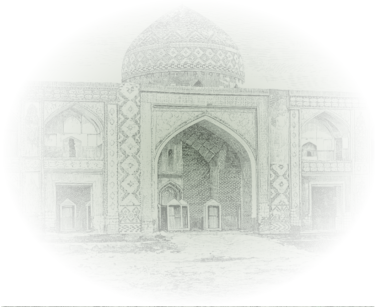Gomur is a village in the Sharur-Daralayaz uezd of the former Iravan governorate, later in the former Pashali (Azizbeyov, Vayk) district, and currently in the Vayots Dzor province. The provincial centre is located 32 km to the southwest of the town of Keshishkend (Yeghegnadzor), on the bank of the Akhtachay, the left tributary of the Arpachay, at a height of 1,880 m above sea level. The name of the village was marked as “Komur” in “The Iravan Province Review Book”. In their works Armenian authors stated its ancient name in the phonetic form of “Gomer” which was first marked in the 13th century. The name of the village is also indicated as “Gyumur” or “Gomk”.
The village was solely inhabited by Azerbaijanis: 27 in 1831, 285 in 1873, 293 in 1886, 353 in 1897, 365 in 1904, 400 in 1914 and 388 Azerbaijanis in 1916. In 1918 the village was invaded by Armenian armed forces and its residents were deported. The Azerbaijani survivors managed to return to their native lands following the establishment of Soviet power in present-day Armenia. The village was solely inhabited by Azerbaijanis: 155 in 1922, 200 in 1926, 316 in 1931, 386 in 1939, 381 in 1959, 590 in 1970 and 745 Azerbaijanis in 1979. From ancient times until 1988, the village of Gomur had been inhabited only by Azerbaijanis. Azerbaijanis were deported by the Armenian government in late November 1988. At present, the village is inhabited only by Armenians.
The toponym was coined from the word “komur” (coal), which implies in Old Turkic “a narrow, ravine place at the top of a mountain”. By the decree of the Presidium of the Supreme Soviet of the Armenian SSR dated 3 April 1991, the village was renamed “Komk”. According to the law “On the administrative-territorial division of the Republic of Armenia” dated 7 November 1995, it was integrated into the administrative territory of the Vayots Dzor province.
Geographical coordinates: latitude: 39°37’ N., longitude: 45°34’ E.
